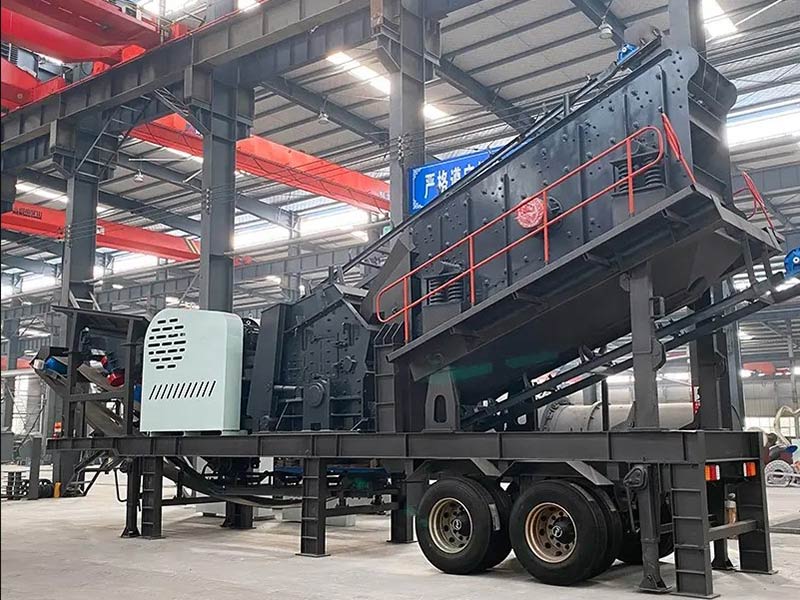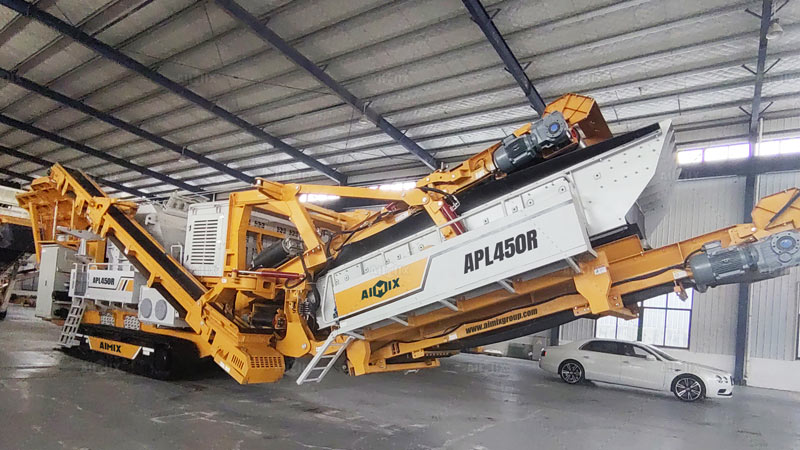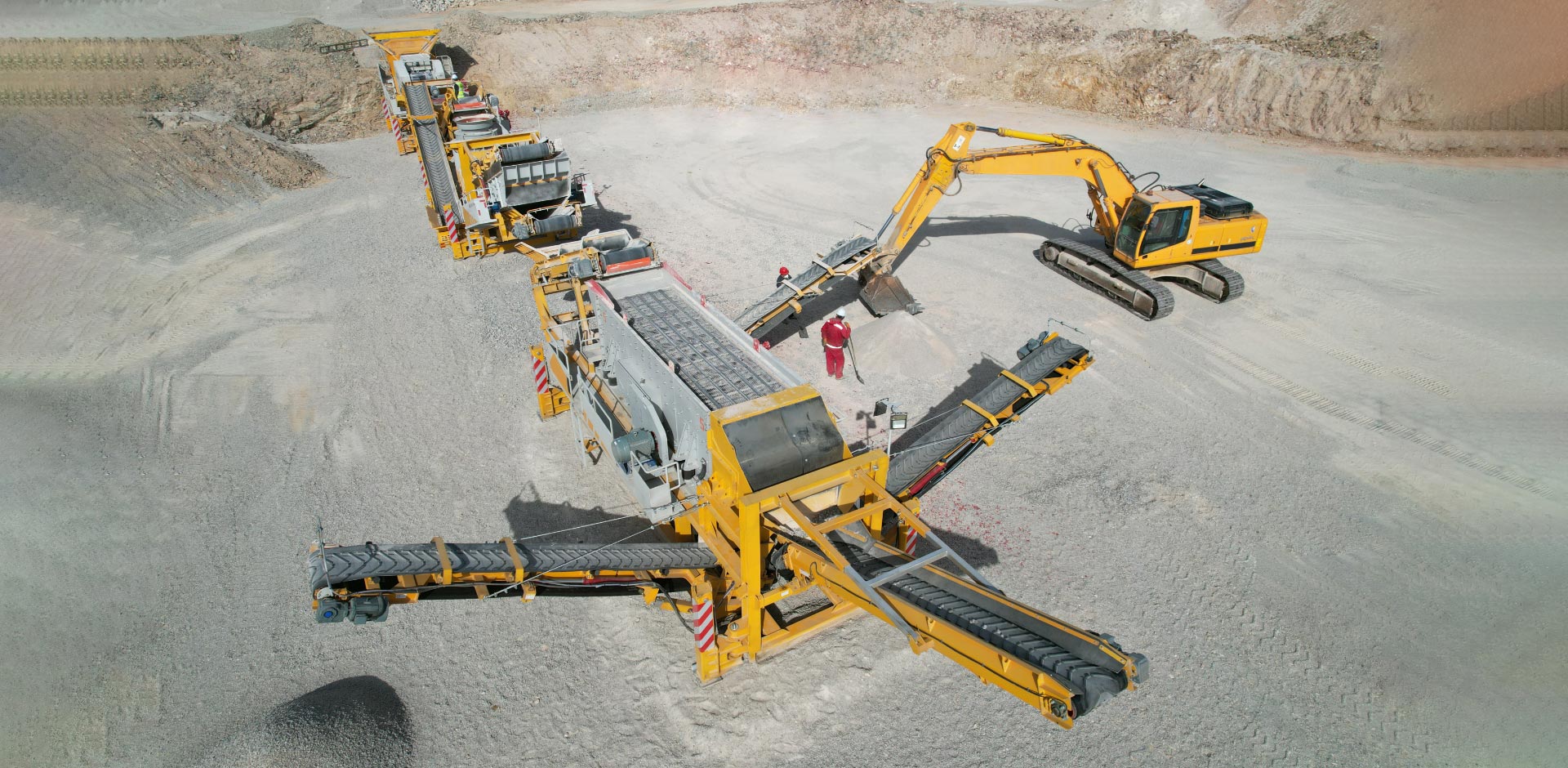Across Latin America, the infrastructure boom is driving an unprecedented demand for high-quality aggregates. From highways in Colombia to mining access roads in Peru, the need for reliable, flexible, and cost-effective crushing solutions has never been greater. In this context, the mobile stone crusher is becoming an essential tool for contractors and developers working in both urban and remote environments.
The Shift Toward Mobility in Stone Crushing
Traditional stone crusher plant setups are typically stationary, requiring extensive foundation work, transportation of raw materials to the site, and lengthy installation times. However, these constraints are increasingly at odds with the demands of modern infrastructure projects in Latin America, where sites are often remote, terrain is rugged, and schedules are tight.
Mobile stone crushers(Trituradora de piedra movil) solve these challenges by offering compact, transportable crushing units that can be moved between locations as needed. This mobility not only reduces transport costs but also accelerates project timelines by eliminating the need for fixed installations. As a result, mobile crushing units are becoming a go-to solution for road building, mining infrastructure, and even urban demolition recycling projects across the region.

Key Benefits for Infrastructure Projects
1. Fast Deployment and Relocation
Time is critical in infrastructure development. Mobile crushers can be deployed quickly, often within hours, and relocated between job sites without the need for disassembly. This makes them ideal for large-scale projects that span multiple locations or where aggregate production must follow the progress of construction, such as with highway expansion projects.
2. Lower Transportation and Setup Costs
Transporting raw rock to a central crushing facility is both time-consuming and expensive. A mobile stone crusher can be positioned directly at the excavation site, reducing the need for dump trucks and cutting fuel costs significantly. The simplified logistics also mean fewer labor hours and reduced wear on hauling equipment.
3. Flexibility for Diverse Applications
Latin America’s diverse geography requires equipment that can adapt to various applications. Mobile stone crusher plants(planta chancadora de piedra Chile) are designed with modular components that can be configured to handle different rock types and desired end products—from road base to high-quality aggregates for concrete. Whether working in the Andes or on the Brazilian coast, mobile crushers provide the versatility contractors need.
4. Environmental and Regulatory Compliance
Governments across the region are increasing pressure on contractors to comply with environmental standards. Mobile crushers offer built-in dust suppression systems, noise reduction features, and energy-efficient motors that help meet these requirements. Their ability to operate in a closed-loop system also reduces waste by allowing on-site reuse of materials.
Cost Considerations: More Than Just Stone Crusher Price
When evaluating a stone crusher price(trituradora de piedra precio), it’s important to consider total cost of ownership, not just the upfront investment. Mobile crushers often cost more initially than stationary plants, but they offer major savings over time through reduced logistics, faster project completion, and lower installation costs.
Additionally, mobile units require less supporting infrastructure—no permanent foundations, fewer conveyors, and reduced permitting headaches. In countries like Chile, Mexico, and Argentina where terrain and regulations can complicate plant construction, these benefits make a strong financial case for going mobile.
Real-World Use Case: Highway Expansion in Northern Brazil
In a recent infrastructure project in northern Brazil, a contractor was tasked with expanding a 60-kilometer stretch of highway through dense jungle. The project site was inaccessible by heavy equipment and had no permanent crushing infrastructure nearby. The company deployed two mobile stone crushers equipped with jaw and cone units.
The mobile units were able to follow the worksite as the road progressed, producing base materials on-site. This eliminated the need to truck aggregates over long distances and saved hundreds of thousands of dollars in fuel and labor. The project finished ahead of schedule and well under budget, showcasing the operational and economic advantages of mobile solutions.

Growing Demand Across the Region
As governments across Latin America continue to invest in roads, ports, and energy infrastructure, the demand for on-site aggregate production will only grow. Contractors are under pressure to deliver faster and more sustainably, and mobile stone crushers provide a direct response to that challenge.
Furthermore, the rise of public-private partnerships (PPPs) and international financing has made project efficiency a key metric for success. Mobile stone crusher plants(planta chancadora de piedra Bolivia) are uniquely suited to these modern performance standards, offering data-ready operation, integration with GPS logistics systems, and compatibility with remote monitoring solutions.
Conclusion: Mobile Crushers Are the Future of Infrastructure in Latin America
For contractors working on infrastructure development in Latin America, mobility isn’t just an advantage—it’s a necessity. From remote access roads to urban redevelopment zones, mobile stone crusher technology is transforming how materials are processed and delivered on-site.
While the initial stone crusher price for mobile units may be higher, the long-term savings in logistics, labor, and time far outweigh the upfront cost. More importantly, mobile crushers empower companies to stay agile, productive, and compliant—making them an essential part of Latin America’s development journey.
